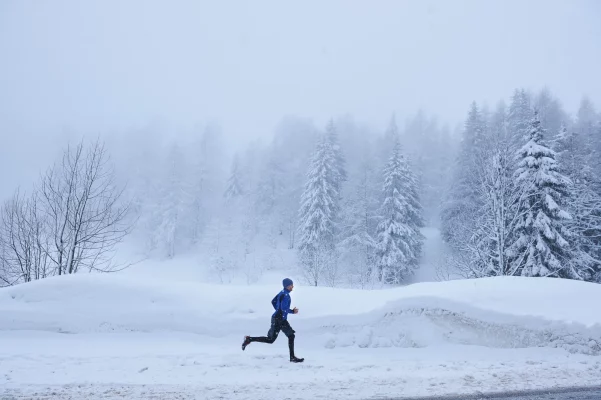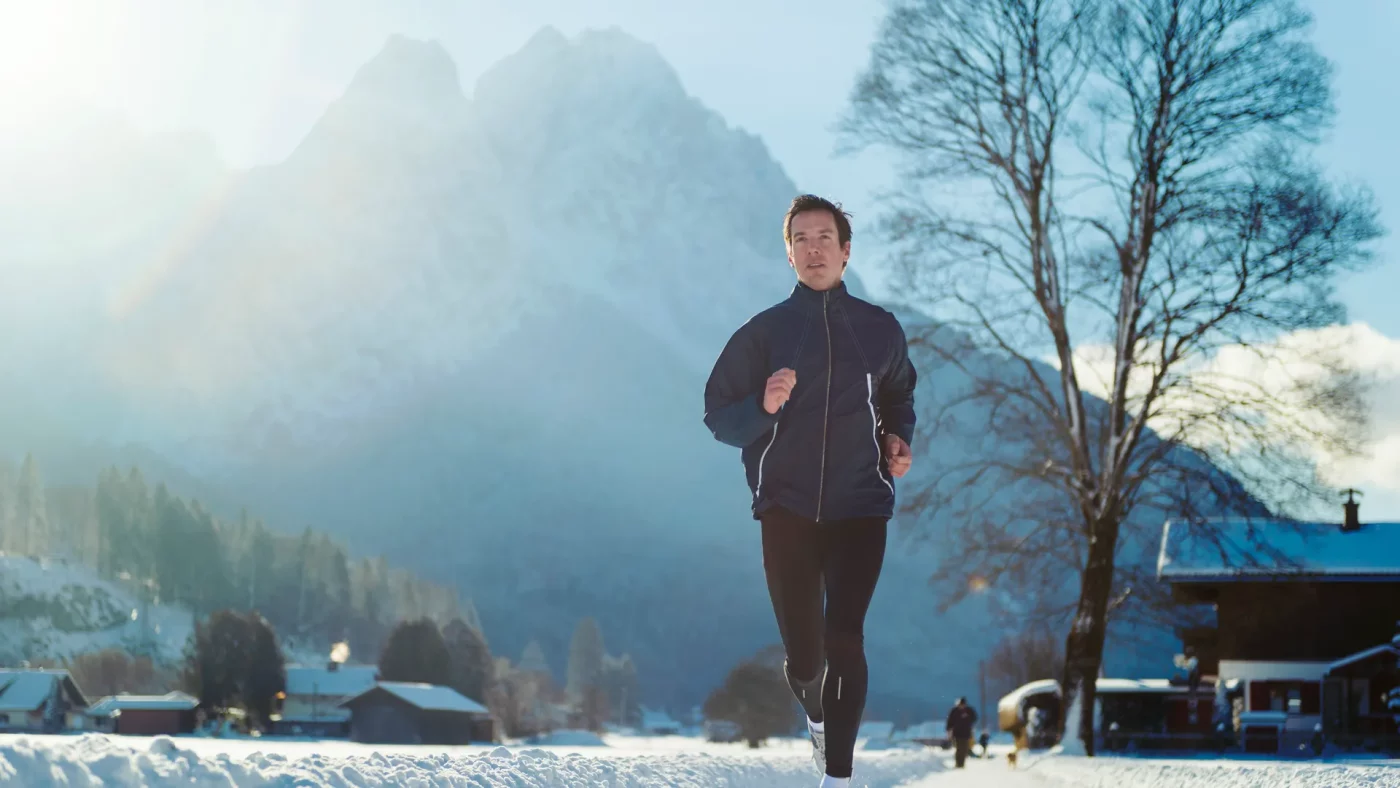Life Style
8 ways to make cold weather running more tolerable
While many of us cherish the idea of exercising, the prospect of running in cold weather can be daunting, especially when there are tempting alternatives like mulled wine and Netflix. Enduring freezing temperatures to log miles may feel like torture for most of us. However, unlike the challenges posed by the heat of summer, where sweaty misery is inevitable, you can conquer the winter season with the right gear and a positive mindset. This includes implementing smarter warm-up routines, using innovative footwear additions, and acquiring essential post-run insights. Discover how you can still lace up and maintain your fitness routine during the winter months.
Ramp up
Warming up becomes especially crucial in winter. The RAMP warm-up principle provides an excellent method to commence your training session. RAMP, an acronym, represents the following stages:
- Raise (the heart rate): Begin by engaging in low aerobic activity to elevate the heart rate.
- Activate the muscles: Include activation exercises and light running drills to stimulate the muscles.
- Mobilize the body and joints: Execute more dynamic movements to enhance flexibility and joint mobility.
- Prime the system: Conclude with the letter “P,” indicating the preparation of the system for a more demanding or intense session. An effective primer might involve performing 4 sets of 20-second controlled strides, a quicker run that isn’t a full sprint, with a 1-minute recovery between each stride.”
This warm-up approach is recommended by Lewis Moses, an ultra-runner and co-founder of The Runner Retreat podcast.
Dress for cold weather running

“Avoid overdressing, as you will warm up rapidly and risk becoming overly hot. However, ensure you consider lower temperatures, rain, and wind chill. Wearing thermal layers, leggings, a lightweight jacket, gloves, and a bandana can help keep sensitive areas such as ears, fingers, and arms warm in the cold. Ideally, these clothing items should be waterproof.”
This advice comes from Lauren Calvert, an R.A.D ambassador, and owner of Hybrid Performance Centre.
Use proper footwear
“Give preference to shoes with dependable traction to reduce the chance of slipping, especially on icy or wet surfaces. If possible, choose shoes specifically designed for winter running, equipped with a durable and slip-resistant outsole. Consider enhancing stability further by using traction devices like slip-on spikes or cleats. These additions can greatly improve grip, offering increased confidence and safety when traversing difficult terrains. Investing in appropriate footwear enables you to concentrate on your performance without the concern of slippery surfaces.”
This guidance is provided by Erik Brown, a UESCA-Certified Running Coach and Treadmill Express ambassador.

